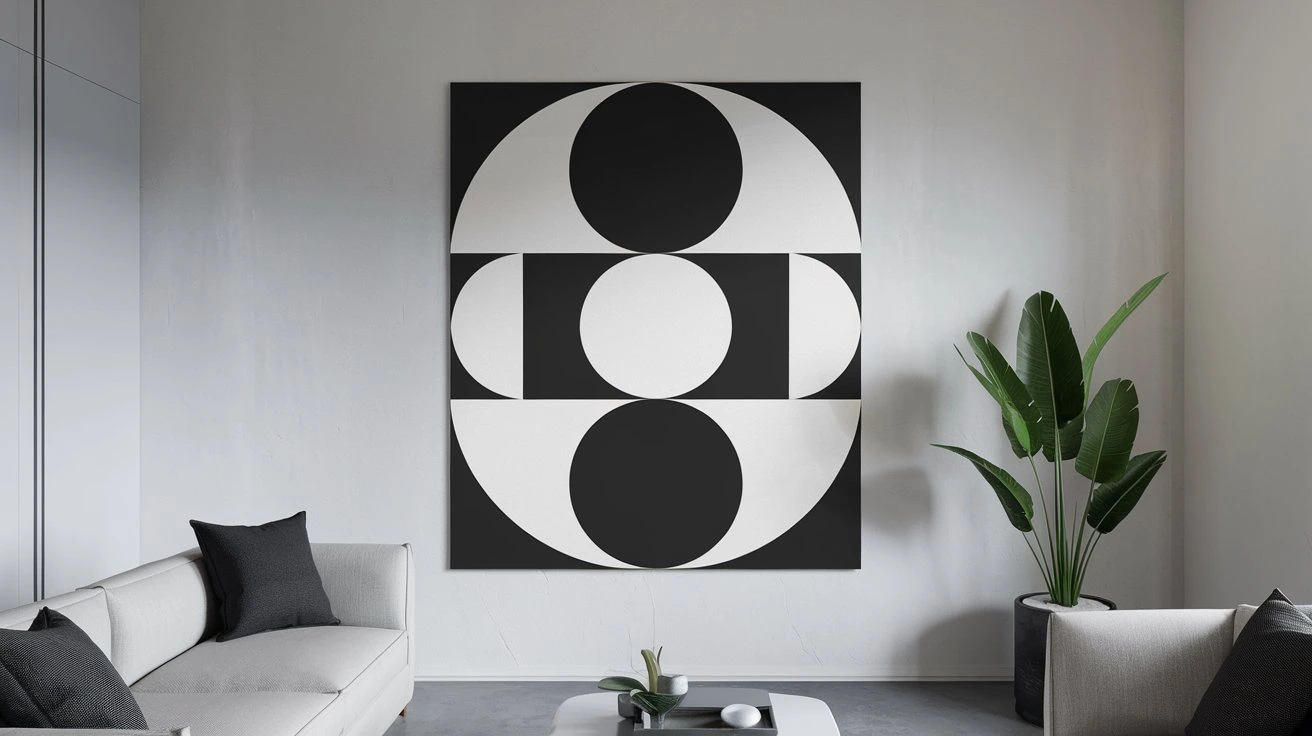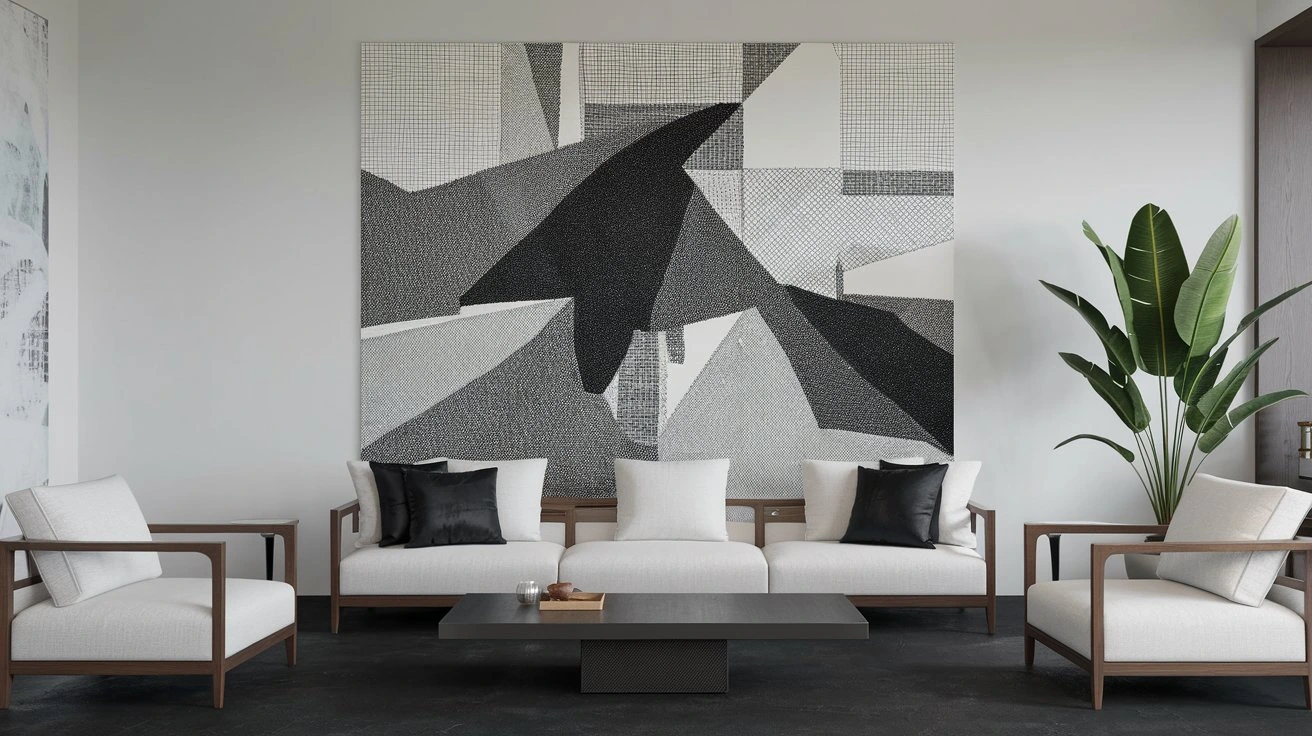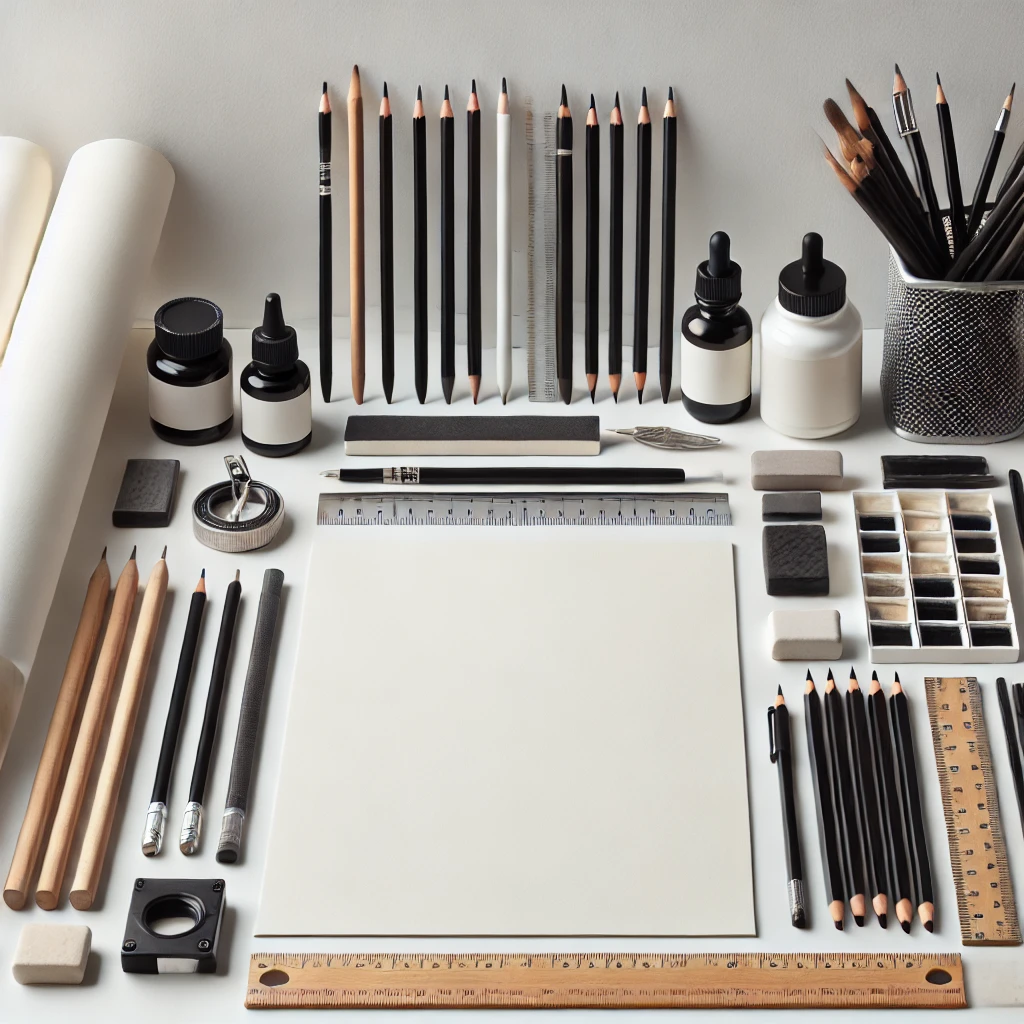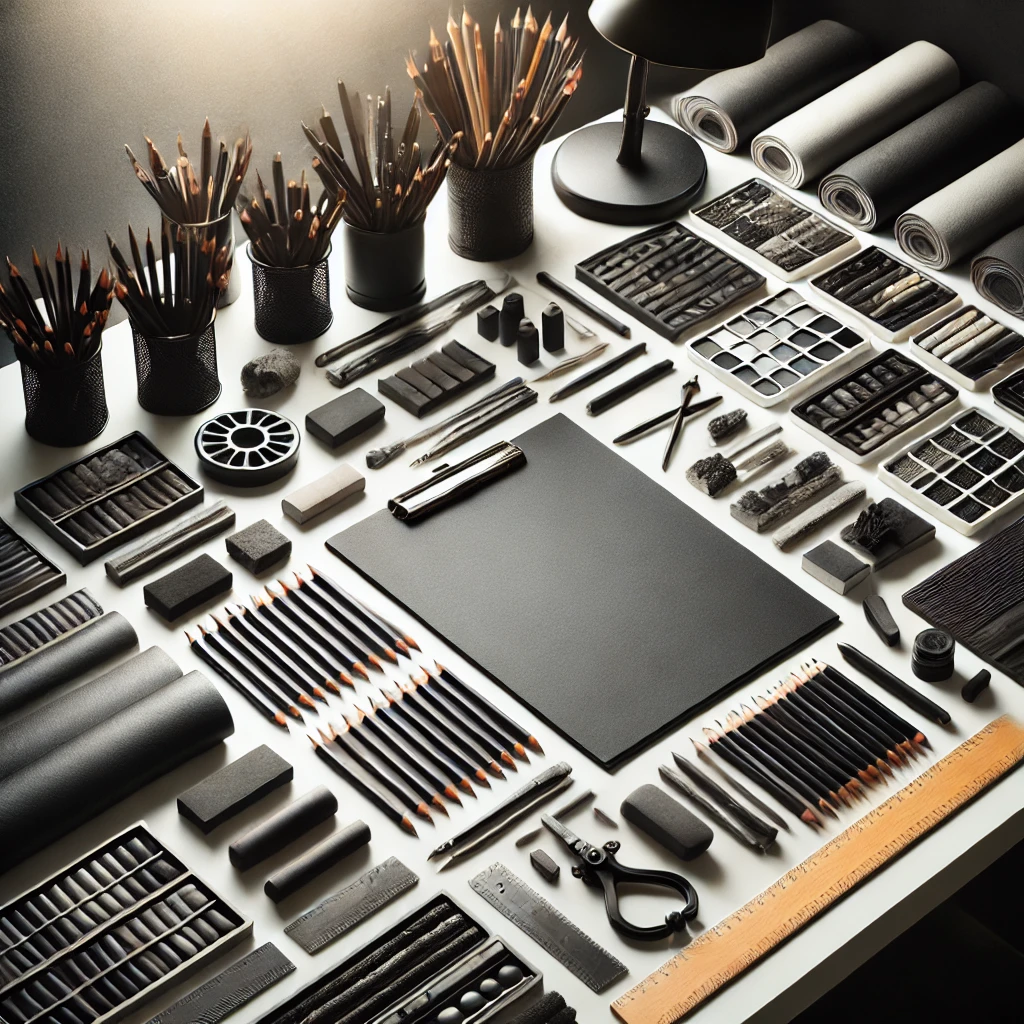Introduction
In the world of art, there’s something undeniably captivating about white and black drawings. When you strip away color, what’s left are the purest elements of artistic expression contrast, texture, form, and emotion. If you’ve ever felt drawn to the simplicity and depth of monochrome, you’re not alone. The charm of white and black drawings is timeless, and understanding their nuances can take your art to the next level.
Whether you’re just starting out or looking to refine your skills, mastering black and white art opens up a world of creative possibilities. This article explores essential techniques, tools, and inspirations to guide you in creating expressive and impactful white and black drawings.
Table of Contents
The Timeless Appeal of White and Black Drawings

Why Black and White?
The minimalist aesthetic of white and black drawings holds a unique power. Unlike color artwork, which often relies on hues to evoke emotions, monochrome art lets you focus on form and composition. It’s a style that demands precision and intentionality. Here’s why many artists turn to black and white:
- Enhanced Focus on Detail: By removing color, the intricate details, lines, and shadows become the focal point.
- Emphasis on Contrast: The stark difference between black and white creates a striking visual impact, emphasizing shapes and textures.
- Universal Appeal: Monochrome art has a timeless quality, appealing to diverse audiences and fitting seamlessly into various decor styles.
Black and white drawings are an exploration of essentials, making them an intriguing choice for anyone looking to grow as an artist.
Essential Techniques for Creating White and Black Drawings

To truly master black and white art, developing strong techniques is key. These methods will help you enhance the depth and realism of your work.
Shading and Contrast
Mastering shading and contrast is crucial for adding depth. There are various shading techniques you can explore:
- Hatching: Drawing parallel lines to create a sense of shadow.
- Cross-Hatching: Layering lines at different angles to intensify shadows.
- Stippling: Using dots to add texture and gradient.
| Technique | Best For | Look |
|---|---|---|
| Hatching | Soft shadows | Linear texture |
| Cross-Hatching | Deep shadows, high contrast | Dense texture |
| Stippling | Gradual shading | Grainy texture |
Experimenting with these techniques can help you understand how different textures affect the mood and realism of your drawing.
Line Work and Precision
Line quality is a fundamental aspect of white and black drawings. In monochrome art, lines can dictate the flow and rhythm of a piece.
- Thin Lines: Useful for delicate details and subtle contours.
- Thick Lines: Create bold outlines and add structure.
Try experimenting with different line weights in your work to convey distance, texture, and importance.
Texture Creation
Creating texture is essential in black and white art, especially when you want to add realism to objects like wood, fabric, or fur.
- Use rough strokes for rugged textures like tree bark or rocks.
- Smooth gradients work well for skin or polished surfaces.
- Layering techniques can simulate complex surfaces such as water or grass.
With practice, you’ll learn how to use texture to add dimension and intrigue to your black and white drawings.
Tools and Materials for White and Black Drawings


The right tools can elevate the quality of your artwork. Here are some essentials for creating detailed and lasting monochrome art.
- Pencils: Choose from a range of graphite pencils (e.g., HB for light lines, 6B for darker shades).
- Charcoal: Great for creating deep blacks and smooth shading transitions.
- Ink Pens: Ideal for fine lines and detailed illustrations.
- Paper Types: Textured paper adds a unique effect, while smooth paper allows for precise details.
If you’re interested in digital monochrome art, software like Procreate and Adobe Photoshop offers brushes that simulate traditional pencils, charcoal, and ink.
Finding Inspiration for White and Black Drawings
Nature and Wildlife
Drawing from nature is a wonderful way to explore monochrome art. The natural world offers endless textures, contrasts, and shapes that are ideal for black and white compositions.
- Focus on contrasts in animals: For example, draw a zebra’s stripes or the feathers of a bird.
- Play with shadows in landscapes to capture depth and atmosphere.
Nature-themed monochrome art often creates a sense of calm and connection with the world.
Urban and Architectural Inspirations
Cityscapes, buildings, and urban details provide another excellent source of inspiration. Black and white can highlight the structural elements and geometric lines of architecture.
- Emphasize depth through perspective.
- Play with shadow and light to add drama to urban scenes.
Consider the works of artists who focus on urban scenes in black and white for inspiration.
Portraits and Emotions
Few things are as striking as a black and white portrait. Monochrome drawings bring out expressions, details, and emotions in a powerful way.
- Focus on the eyes and facial expressions to convey emotion.
- Use contrast to highlight facial features and mood.
The absence of color lets you delve into the subtleties of human expression, creating art that resonates on an emotional level.
Common Mistakes and How to Avoid Them
Even experienced artists encounter challenges in black and white art. Here are a few common pitfalls and tips to overcome them:
- Mistake #1: Overworking the Drawing
- Solution: Step back frequently to avoid adding too much detail in one area.
- Mistake #2: Ignoring Proportions and Balance
- Solution: Use a light pencil sketch to map out proportions before adding darker lines.
- Mistake #3: Not Using Enough Contrast
- Solution: Experiment with dark and light shades to avoid a flat appearance.
These simple tips can help you maintain the quality and balance in your work, ensuring that each piece is compelling and cohesive.
Frequently Asked Questions (FAQ)
- Q: What are the best pencils for black and white drawings?
- A: Graphite pencils with a range of hardness (e.g., HB, 2B, 6B) offer versatility in shading and detail.
- Q: How can I improve my shading technique?
- A: Practice techniques like hatching, cross-hatching, and stippling to control light and dark areas effectively.
- Q: How do I make my black and white drawings stand out?
- A: Focus on contrast, line quality, and texture to add dimension and interest.
These FAQs cover the basics, providing you with quick answers to common challenges.
Conclusion: Embracing the Art of Black and White Drawings
Creating black and white art is an enriching journey that hones your skills and challenges your perception. With these techniques, tools, and sources of inspiration, you’re ready to bring life to your monochrome artwork. Remember, each drawing is an opportunity to push boundaries and discover new dimensions of expression.
